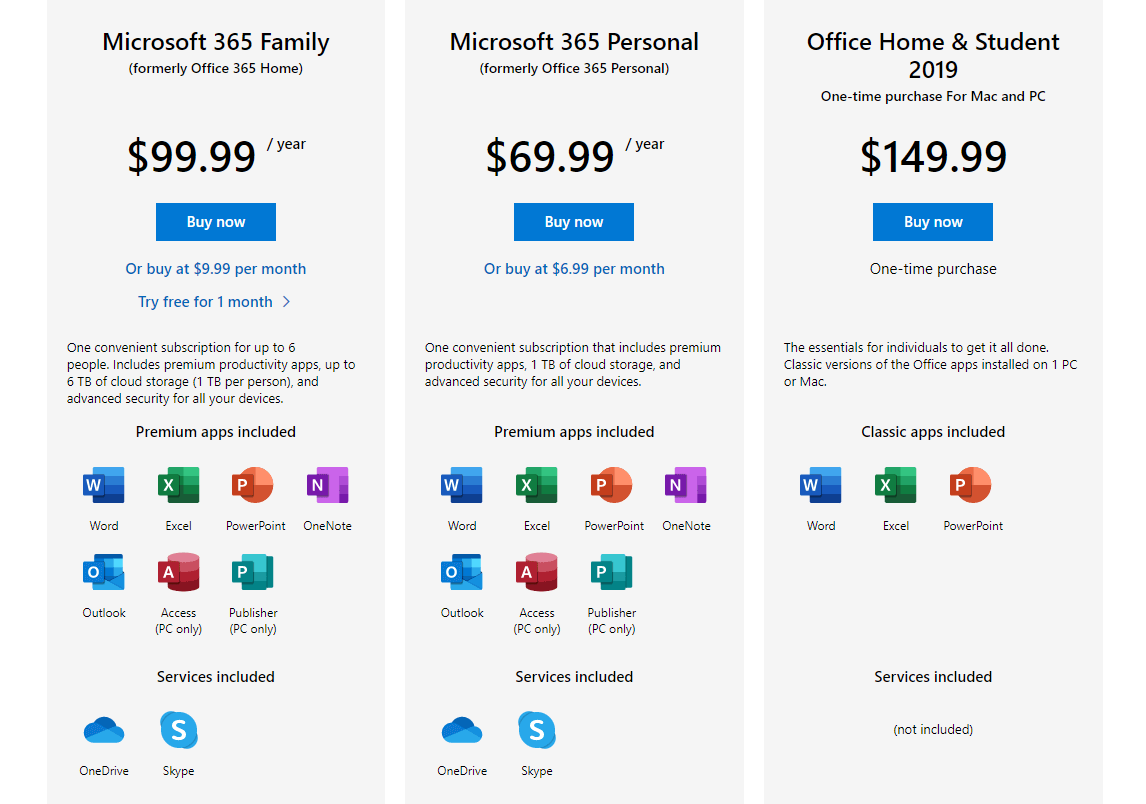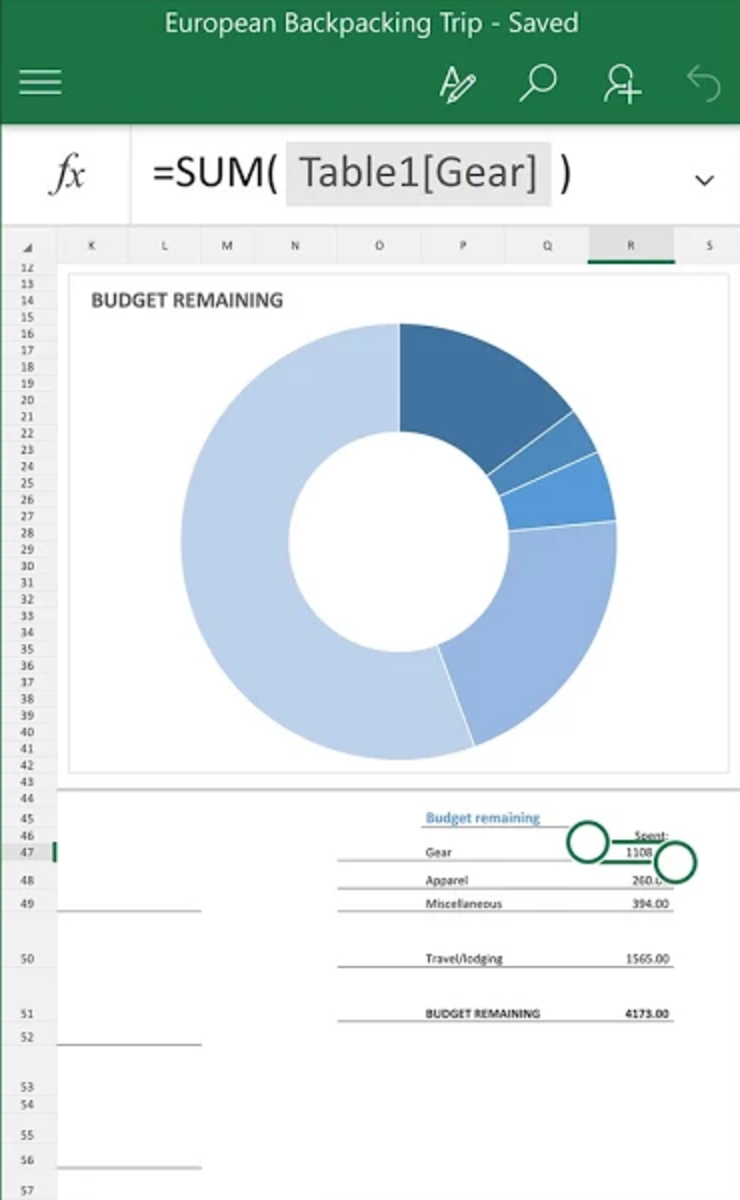
Note that if you’re in the education sector you have different options ( O365 A1, A3, and A5 along with M365 A1, A3, and A5) that are roughly equivalent to the corresponding Enterprise offerings but less costly. Thus, you need to know what your business needs and tailor the subscriptions accordingly (see below for picking individual services to match business requirements). And springing for the whole enchilada with every security feature available in M365 E5 will cost you $ 684,000, nearly 3X the cost of O365 E3.

The difference is substantial, outfitting 1000 users with O365 E3 will cost you $ 240,000 per year, whereas moving up to M365 E3 will cost you $ 384,000. If on the other hand, you need to protect your on-premises Active Directory (AD) against attacks using Azure Advanced Threat Protection (AATP) or inspect, understand and manage your users’ cloud usage through Microsoft Cloud App Security (MCAS) you’ll also need M365 E5, rather than just O365. If you have those needs (and no other MDM in place today), the inclusion of Intune in M365 might be the clincher. The next question is then, what’s the business need – do you just need to replace your on-premises Exchange and SharePoint servers with the equivalent cloud-based offerings? Or is your business looking to manage corporate-issued mobile devices (smartphones and tablets) with MDM or protect data on employee-owned devices? The latter is known as Bring Your Own Device (BYOD), sometimes called Bring Your Own Disaster. If you’re close to 300, expecting to grow or already larger, you’re going to have to pick from the Enterprise offerings. If that’s the case you should definitely look at the M365 Business SKUs as they may fulfil your business needs, especially as Microsoft recently added several security features from AAD Premium P1 to M365 Business. So, a decision that needs to be looked at early when you’re looking to optimize your cloud spend is whether your business is under 300 users and likely to stay that way for the next few years.
MICROSOFT 365 COST WINDOWS 10
Microsoft 365 F3, E3 and E5, on the other hand, includes everything from Microsoft 365 plus Azure Active Directory Premium features (identity security), Enterprise Mobility & Security (EMS) / Intune for Mobile Device Management (MDM) and Mobile Application Management (MAM) along with Windows 10 Enterprise. Office 365 E1, E3 and E5 gives you the well-known “Office” applications, either web-based or on your device, along with SharePoint Online, Exchange Online and OneDrive for Business in the cloud backend. There’s no reason to believe that this name change won’t eventually extend to the Enterprise SKUs but until it does, from a licensing cost perspective it’s important to separate the two. The new SKUs are Microsoft 365 Business Basic, Apps, Standard, and Premium. The personal Office 365 subscriptions have changed and are now called Microsoft 365 Family (up to six people) and Personal along with the Office 365 Business SKUs, that top out at 300 users, has also been renamed.

The Differences Between Office 365 & Microsoft 365Īs covered in our article about the death of Office 2019 there are naming changes afoot in the Office ecosystem. In this article we’re going to look at the complete picture of the cost of Microsoft 365 ( formerly Office 365), how choices you as an administrator make can directly influence costs, and how you can help your business maximize the investment in OneDrive, SharePoint, Exchange Online and other services.
MICROSOFT 365 COST SOFTWARE
For Software as a Service (SaaS) cloud solutions, it seems like it should be easier since there’s no hardware component, just the monthly cost per licensed user but this simplification can be misleading. There are obvious costs as well as many intangible costs that should be taken into account.įor on-premises solutions, people tend to include licensing and support maintenance contract costs, plus server hardware and virtualization licensing costs. Estimating the real cost of a technology solution for a business can be challenging.


 0 kommentar(er)
0 kommentar(er)
